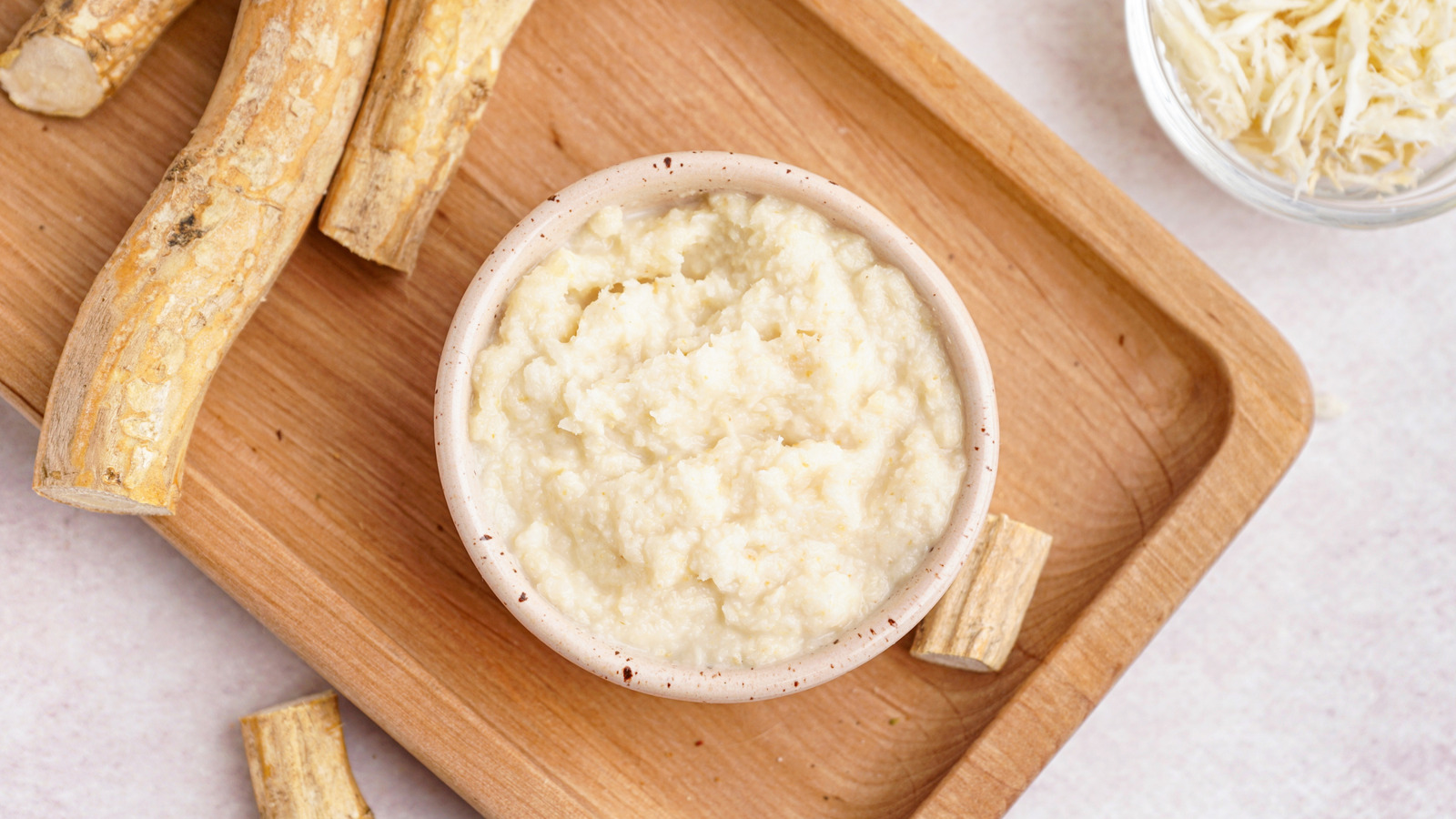
"You might have tasted jarred horseradish as a pairing for prime rib or as fake wasabi alongside sushi, but the fresh version of this root veggie has a more complex, potent flavor and aroma that's worth seeking out. However, the raw stuff is not only harder to find, but releases nose-burning, eye-stinging fumes when it's chopped or grated. Preparing this intimidating ingredient becomes much easier with a food processor."
"One of the essential things to know about horseradish is that its burn comes from a compound called allyl isothiocyanate. The food processor effortlessly turns the tough root into a paste, releasing this flavorful compound while keeping irritating side effects at bay. A handheld grater or blender can also work, but the former requires some elbow grease and doesn't provide a barrier between you and the horseradish fumes."
"Always prepare horseradish in a well-ventilated area and slap on a pair of gloves and goggles. Peel and cut the root into small pieces, removing any tough ends and hard cores at the center. Pulse in your food processor to a uniform consistency, adding a bit of water if it needs help blending, and you've got a bold, spicy ingredient that livens up mashed potatoes, sandwiches, and more. Just remember to tilt your face away when you remove the appliance's lid."
Fresh horseradish delivers a more complex, potent flavor and aroma than jarred versions, but the raw root releases nose-burning, eye-stinging fumes when cut. The burn comes from allyl isothiocyanate. A food processor turns the tough root into a paste, releasing that compound while reducing irritating effects compared with handheld graters or blenders. Safety measures include working in a well-ventilated area, wearing gloves and goggles, peeling and cutting into small pieces, pulsing to uniform consistency, and adding water if needed. Freshly grated horseradish loses potency quickly after cutting, so start with small amounts and build flavor.
Read at Tasting Table
Unable to calculate read time
Collection
[
|
...
]